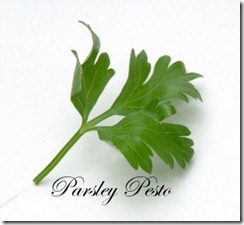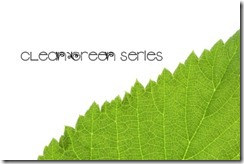8 Reasons to Support Sustainability
Health
According to New York Times bestselling author Jo Robinson, grass-fed beef has two to six times moreomega-3s than factory farmed, grain-fed meat. Omega-3 is a “good” fat that helps our cardiovascular system, our brain function and may help prevent cancer. The concept of sustainability also involves eating
local, which means buying food from a farm as close to you as possible. This cuts down on the length of time
between when the food is harvested or processed and when you eat it. After being harvested, food begins to
lose nutrients, so the less time between the farm and your dinner plate, the more nutritious the food is for you.
Tastes better
Most people claim that sustainably raised food simply tastes better. For example, today’s industrial-raised turkeys are injected with saline solution and vegetable oils to try to improve “mouth feel.” Years ago, a cook only had to put a turkey in the oven; today, the bird must be marinated, deep fried or brined to try to counteract the lack of flavor and dryness inherent in the meat.Animals
Sustainably-raised animals are treated humanely and are permitted to carry out natural behaviors such as rooting in the dirt and pecking the ground. Factory-farmed animals are crammed together in unsanitary conditions, where they suffer horribly and are often sick. Most never see sunlight and their feet never touch the ground. These unhealthy animals are then processed and their meat sold to you.Environment
On unsustainable factory farms, thousands of animals excrete tons of waste every week. Millions of gallons of this untreated waste are often held in open-air lagoons and pollute the surrounding air, land, and water. According to the Environmental Protection Agency, hog, chicken, and cattle waste polluted 35,000 miles of rivers in 22 states and contaminated groundwater in 17 states during the 1990s.Workers
Workers on factory farms operate in very dangerous conditions. Some have been overcome by gases from manure lagoons and have died. They are often paid minimum wage and have no rights or say in their job. Employees on sustainable farms are paid a fair wage and are treated with respect.Rural communities
Sustainable farms are an integral part of the community, where money made on the farm is filtered back into local businesses. Studies have shown that factory farms can tear apart rural communities through job loss, depressed local economies and significant health risksFossil fuels and energy use
Raising animals on factory farms takes a large amount of oil—to grow and harvest the crops that feed the animals, to fueling the ventilation systems and electricity in the barns in which they’re held, to the transportation costs to move the animals the long distances they travel. This increases our dependence on foreign oil and foreign countries. Oil is also a non-renewable resource—meaning it cannot replenish itself. Some researchers have estimated that the planet will be out of oil within 50 years.Saving family farms
Since 1950, over 2 million farms that raised hogs have disappeared. If this continues, we might lose all our farms, except for a few industrial facilities that will dictate what we eat—or we may have to rely on other countries for our food. By eating sustainably, you’re supporting a true American tradition that’s part of our cultural heritage—the small, independent family farmer.These are just a few reasons to eat sustainable food. Find out more by visiting Sustainable Table at
www.sustainabletable.org.
All information courtesy of sustainable table.org



